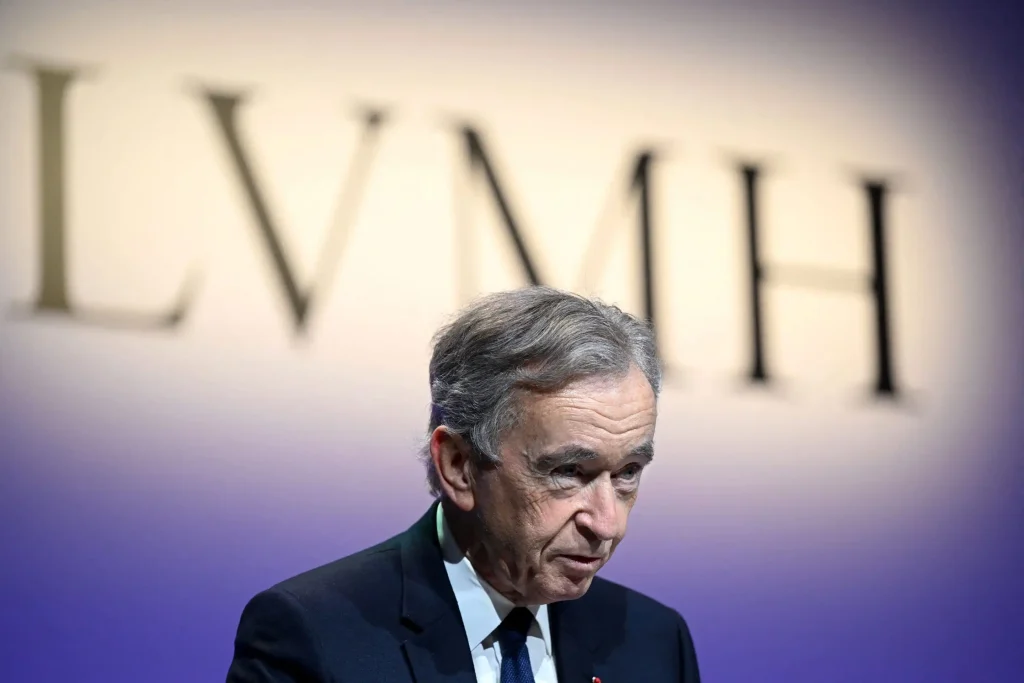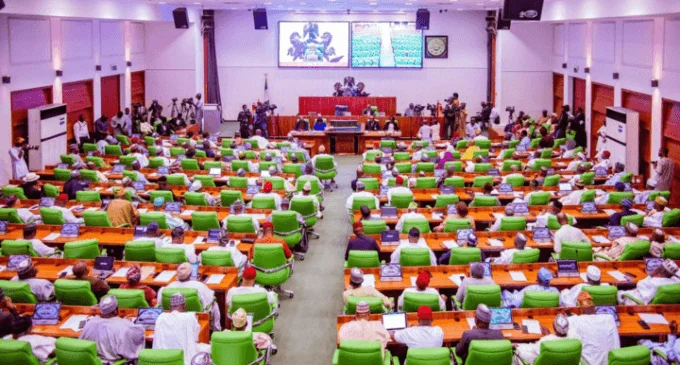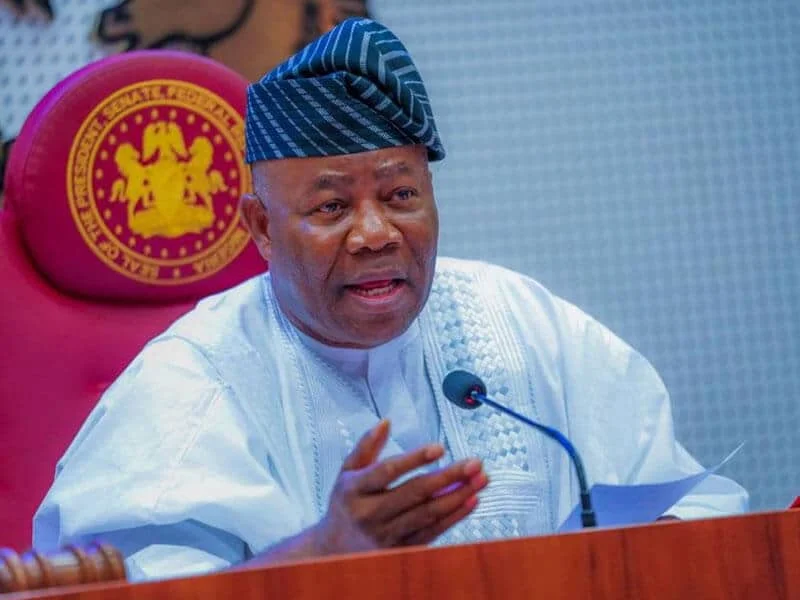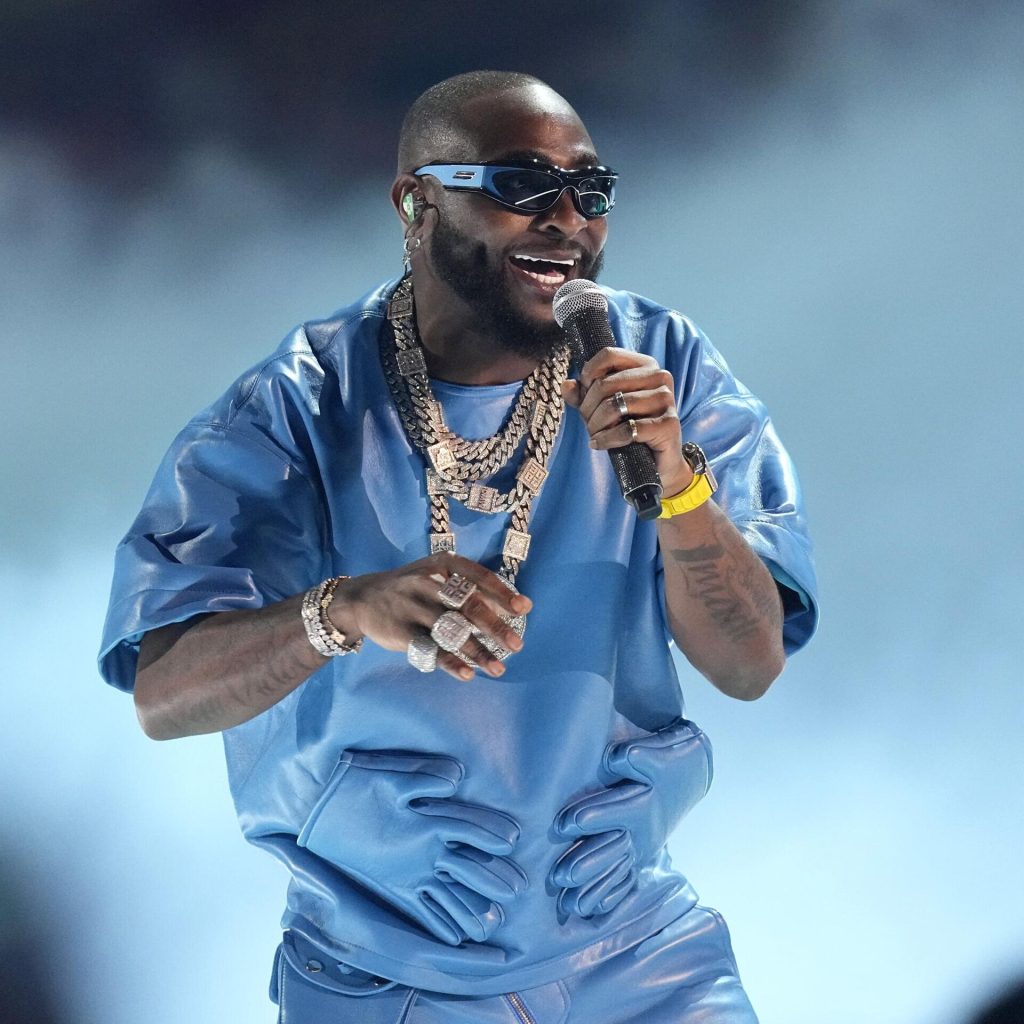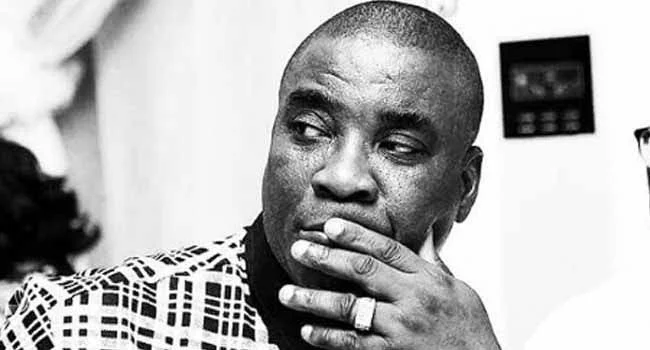Two of the world’s most powerful figures in luxury fashion—Bernard Arnault of LVMH and Amancio Ortega of Inditex—have seen a combined $4.5 billion shaved off their fortunes. Their losses followed sharp declines in their companies’ stock values, as investors grow increasingly wary in the face of global economic uncertainty.
According to Forbes’ real-time billionaire tracker, Arnault’s net worth dropped by $2.4 billion to $148.1 billion, while Ortega lost $2.1 billion, bringing his wealth down to $119.2 billion.
Stock Downturn Triggers Wealth Decline
This setback came as shares of both LVMH and Inditex posted continued year-to-date losses. As of July 7, LVMH was trading at €476.75, marking a steep 24.97% drop from its January opening. The company had earlier reached a peak of €542.90 on April 3. Meanwhile, Inditex’s share price stood at €43.44, representing a 13.67% decline since the beginning of the year. The Spanish retail giant had touched a recent high of €46.39 on March 19.
The downturn reflects broader challenges in the luxury sector throughout 2025. Global headwinds—including rising interest rates and waning consumer demand in key markets such as China, North America, and Europe—have begun to bite into the once-resilient high-end retail industry. Furthermore, investors have become more cautious after the sector’s post-pandemic growth surge.
Inside Bernard Arnault’s Luxury Empire
As chairman and CEO of LVMH Moët Hennessy Louis Vuitton SE, Bernard Arnault controls a vast network of 75 luxury brands that span fashion, jewelry, cosmetics, and hospitality. His empire includes iconic names such as Louis Vuitton, Christian Dior, Tiffany & Co., Sephora, and Moët & Chandon.
In 2021, Arnault led LVMH’s record-breaking $15.8 billion acquisition of American jeweler Tiffany & Co., the largest deal in luxury retail history. Since then, he has continued to fortify family control over the group. By transforming his holding company, Agache, into a limited partnership, Arnault secured long-term influence for himself and his five adult children, who each hold strategic roles within the business.
Beyond the boardroom, Arnault remains deeply engaged in public life. LVMH served as a major sponsor for the Paris 2024 Olympic Games and contributed €200 million—combined with a personal donation from Arnault—to the restoration of the Notre Dame Cathedral, which reopened in December 2024.
Amancio Ortega’s Fast-Fashion Legacy
Spanish billionaire Amancio Ortega, the founder of Inditex, helped revolutionize the fashion industry with the creation of Zara in 1975, alongside his late ex-wife Rosalia Mera. Today, Inditex ranks as the world’s largest fashion retailer, boasting over 5,000 stores globally and operating brands such as Pull & Bear, Massimo Dutti, Bershka, and Stradivarius.
Ortega retains a controlling 60% stake in Inditex, earning him more than $400 million in annual dividends. He has consistently reinvested these earnings into a sprawling real estate empire, with holdings across prime markets in Europe and North America.
In 2022, Ortega handed over the reins to the next generation, appointing his daughter, Marta Ortega Pérez, as chair of Inditex. Under her leadership, the company has focused on improving digital operations and streamlining its renowned fast-fashion supply chain to stay competitive in a rapidly changing retail landscape.
Despite Setbacks, the Billionaires Hold Their Ground
Although Arnault and Ortega suffered multi-billion-dollar declines on paper, both men remain among the wealthiest individuals in the world. Their enduring influence in the global fashion and luxury space continues to shape industry trends and consumer behavior.
While 2025 has presented significant hurdles for luxury brands, industry analysts suggest that both LVMH and Inditex are well-positioned to recover over the long term. Their continued investments in innovation, digital transformation, and sustainable practices are expected to drive future growth as the market stabilizes.
In the meantime, their recent losses underscore the volatility of the global luxury sector and the delicate balance between prestige and performance in today’s economic climate.

